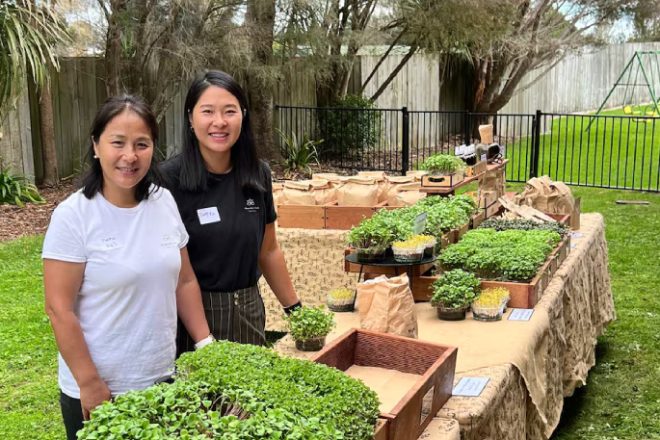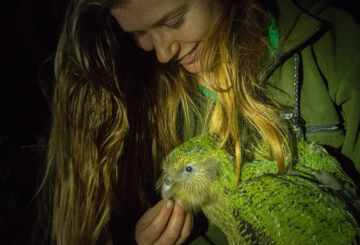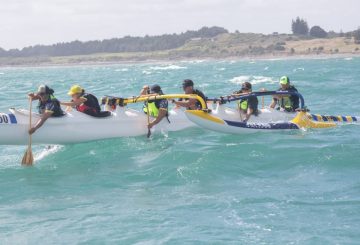Mama Kali’s Farm的创始人Kali和Jiangyu对微型蔬菜充满热情。他们认为这些小蔬菜不仅仅是一种花哨的装饰。母女团队于 2022 年在 Te Puke 创业,并迅速发展壮大。他们从一块15平方米的小块土地开始,现在经营着一个72平方米的农场,每周至少种植250盘微型蔬菜。
他们的销售额也大幅增长。他们最初每周出售40包微型蔬菜,现在每周销售超过1300包。微型蔬菜是富含营养的年轻蔬菜。人们认为它们比成熟的蔬菜更健康,因为它们富含维生素和矿物质,例如钙。
Kali 和 Jiangyu 都一直热爱园艺,他们之间有 300 多种室内和可食用的室内植物。在Covid-19疫情期间,姜雨在一家室内工厂失去了工作,卡利退休了。这促使他们开始了他们的农业事业。他们自己处理所有事情,从种植到收获、包装和销售农产品。
两人致力于环保农业。他们不会在果岭上使用喷雾剂或化学药品,他们注意用水量,而且他们不使用机器就手工收获所有托盘。它们还利用自然光来种植微型蔬菜,并且仅在发芽阶段使用加热系统。
手工收获可能是劳动密集型的,但姜宇说,这可以确保他们的农产品质量。她解释说,用手收获托盘需要五分钟,而机器需要15秒。但是,他们为这种方法感到自豪,因为它使他们能够仔细检查所包装的蔬菜的质量。他们的微型蔬菜通常可以保鲜一周以上。
他们的公司名字 Mama Kali’s Farm 是他们两人之间的内幕笑话,因为卡利的后院有一个大菜园。他们喜欢一起工作和互相学习。
他们的产品现在在丰盛湾和霍克湾地区的近25家超市出售,包括新世界、Pak’nSave和Fresh Choice。他们的目标是将库存商网络扩展到全国其他超市。
姜宇鼓励其他人尝试种植微型蔬菜。她说它不需要太多的土地或水,而且植物生长得很快。它们可以在厨房的长椅上种植,每周只需要浇水一次。她补充说,种植微型蔬菜既有趣、简单又健康。






























































